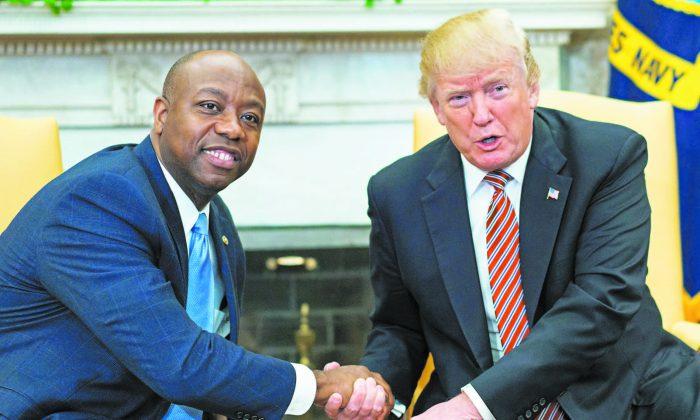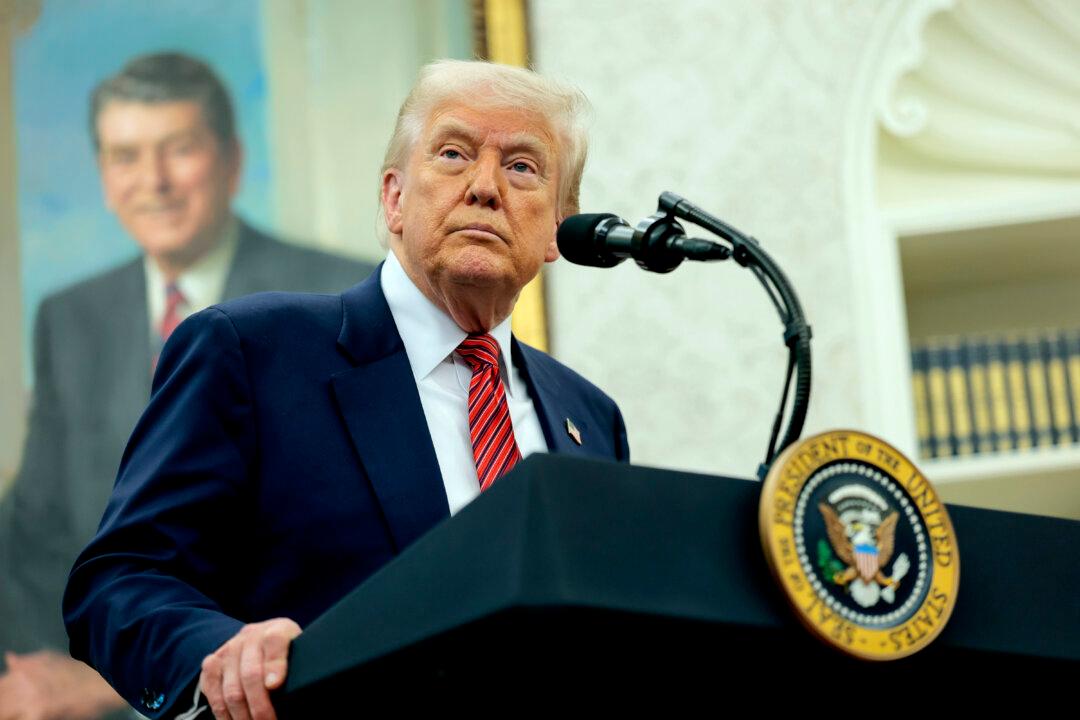WASHINGTON—An unnoticed provision of the Tax Cuts and Jobs Act is designed to bring opportunity to underserved communities in the United States. The law creates a new program called “Opportunity Zones” that aims to help economically distressed areas suffering from lack of jobs and businesses.
Sen. Tim Scott (R-S.C.), who grew up in poverty in a single-parent household, sponsored the concept of Opportunity Zones. He introduced the bipartisan-backed Investing in Opportunity Act and made it part of Trump’s tax reform package.
“To create a brighter tomorrow for communities that have been left behind, we need to capitalize on the private-sector resources that can help boost these areas in ways we haven’t seen before,” Scott wrote in USA Today on Feb. 14.
The program offers significant tax breaks to private investment in struggling regions. It allows investors to temporarily defer capital gains recognition if they reinvest into an Opportunity Zone.
The program also rewards long-term investment. It offers a modest reduction in capital gains taxes on the original investment after holding qualified investments for five to seven years. And it also helps investors by exempting qualified investments held for more than 10 years from additional capital gains recognition.
 The legislation also creates opportunity funds where numerous investors throughout the country can pool their funds to invest in these qualifying Opportunity Zones.
The legislation also creates opportunity funds where numerous investors throughout the country can pool their funds to invest in these qualifying Opportunity Zones.The legislation calls for governors to establish Opportunity Zones in their states. They are asked to identify a certain number of census tracts, which will be eligible to receive investment through the program over the next decade.
“Even with the healthier state of our economy and more promising job market, the unfortunate fact remains that there are neighborhoods scattered throughout every one of our 50 states where the hope of achieving the American Dream has all but disappeared,” Scott stated.
Although distressed communities are scattered throughout the country, more than half of the Americans living in such communities reside in the South, according to the DCI.





